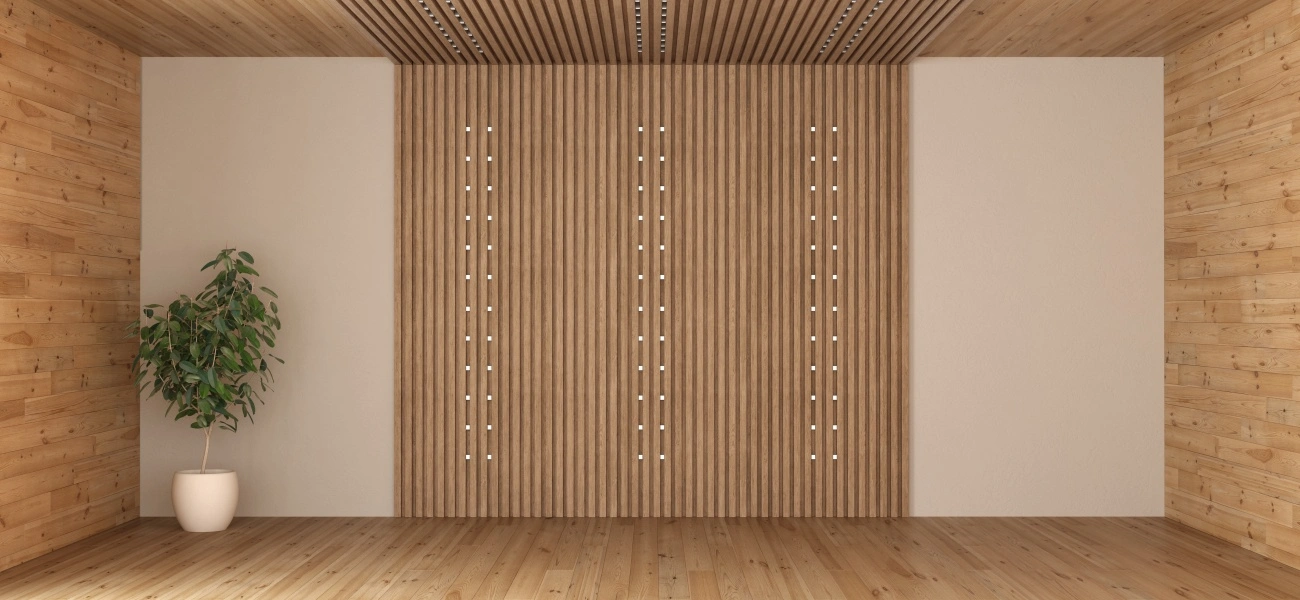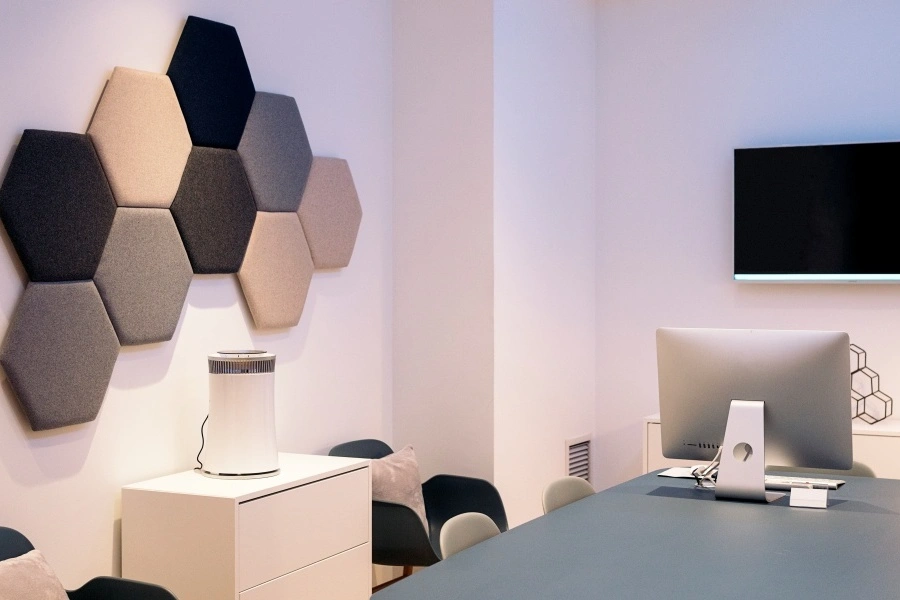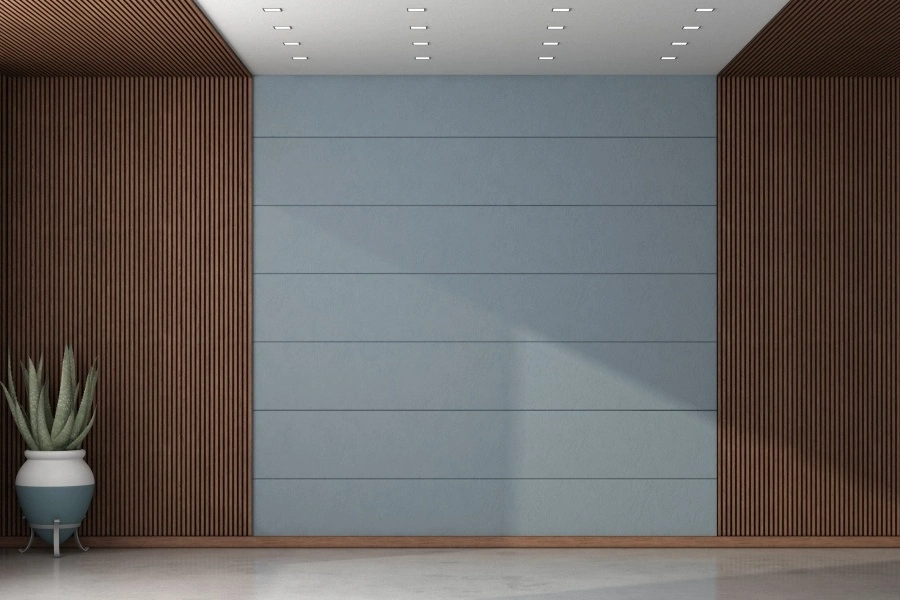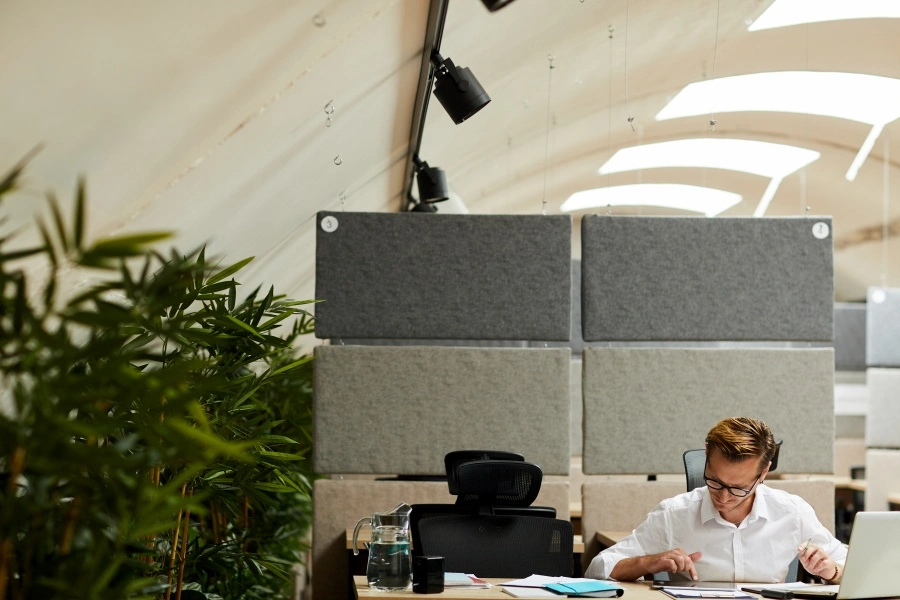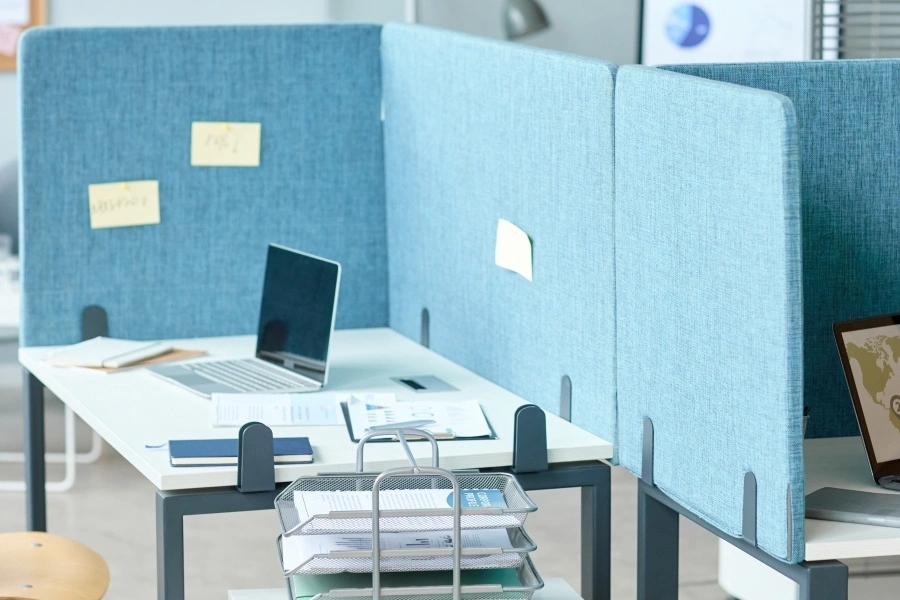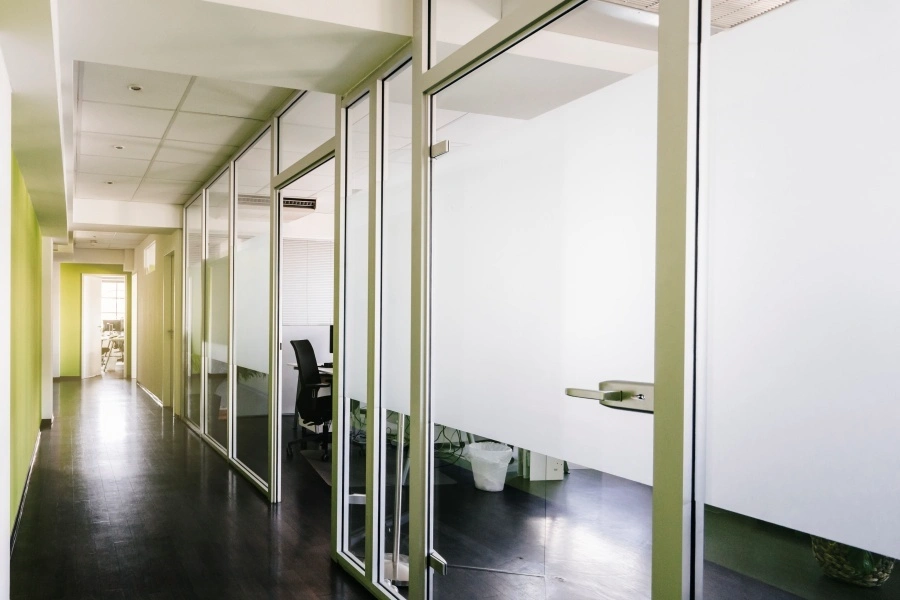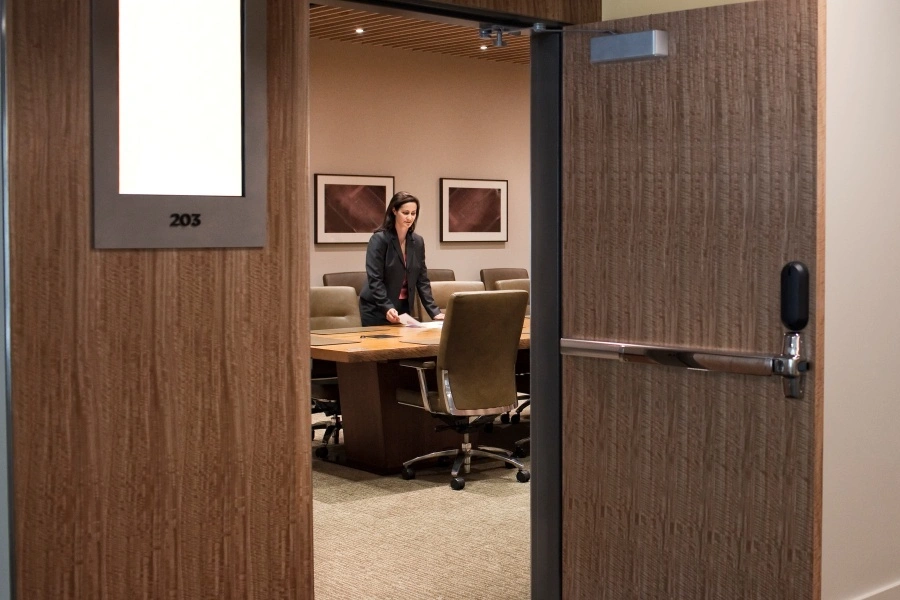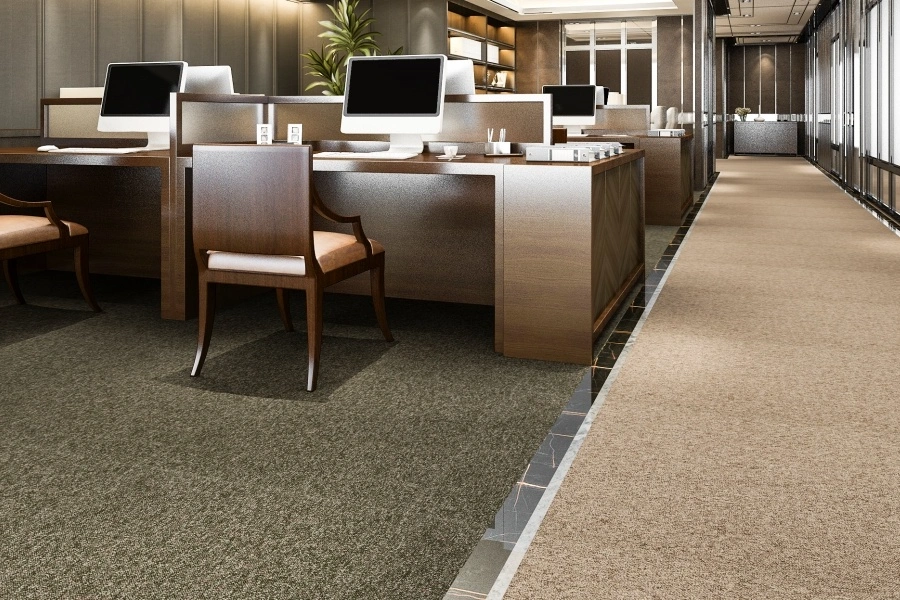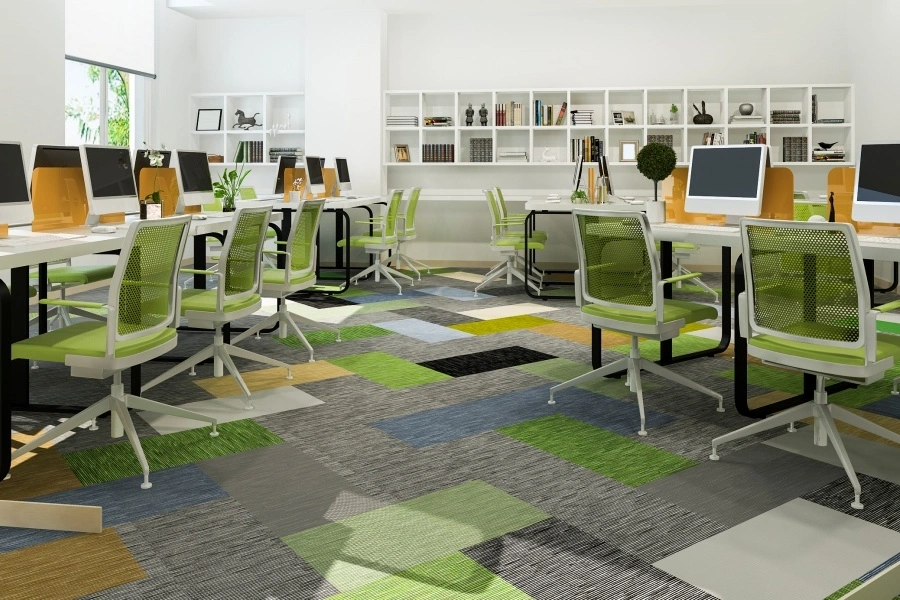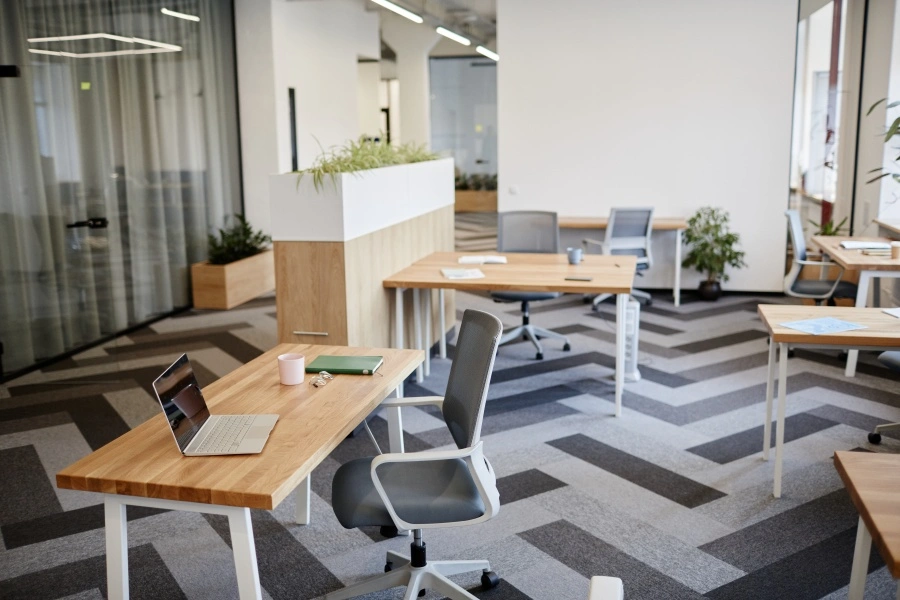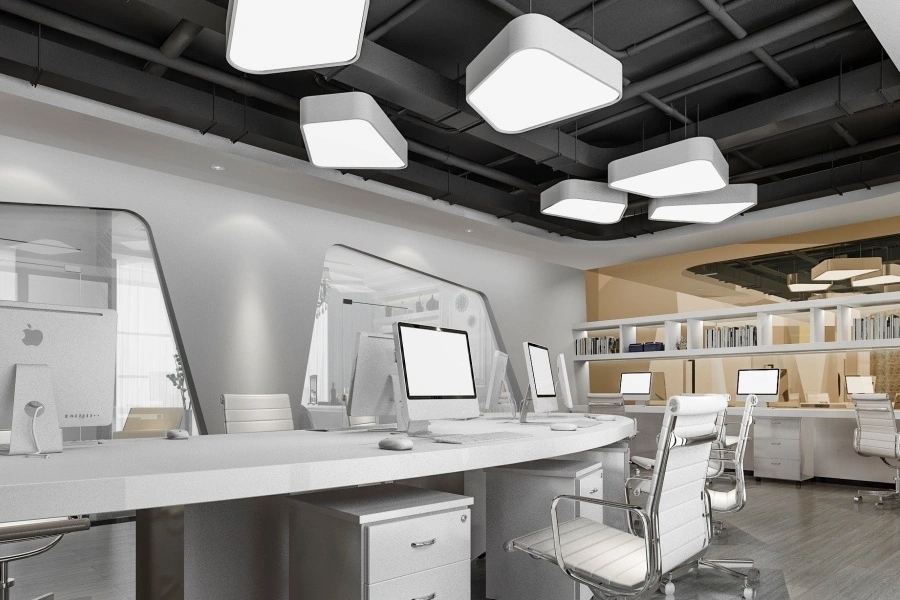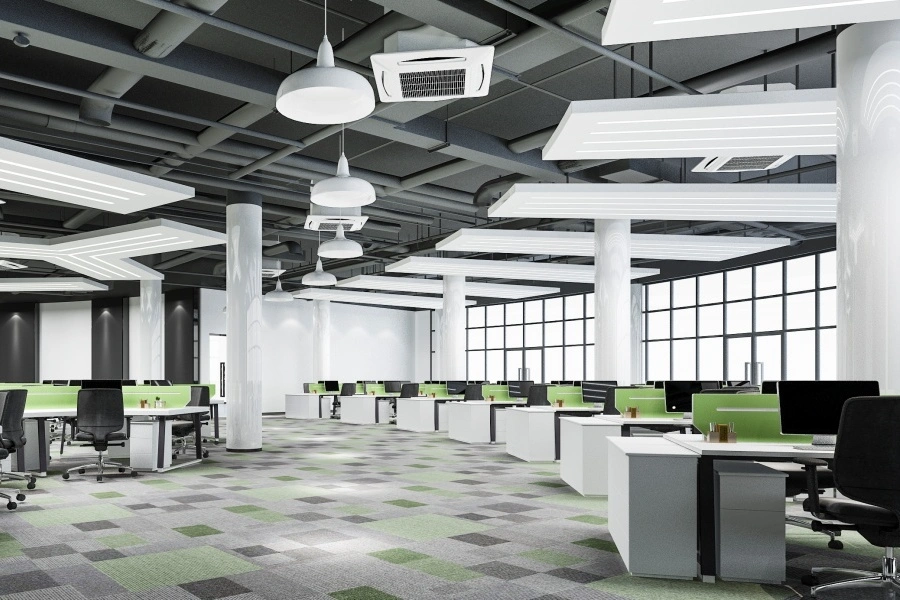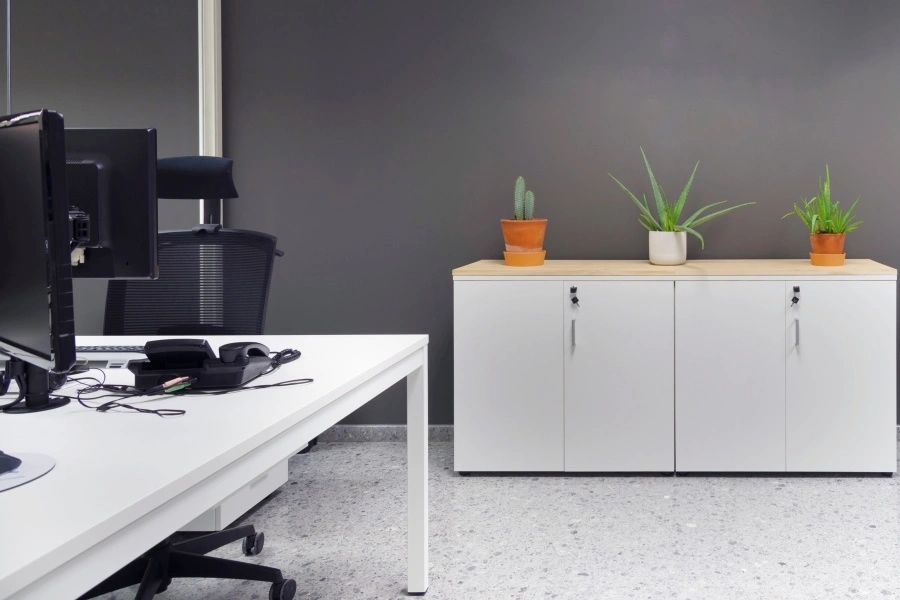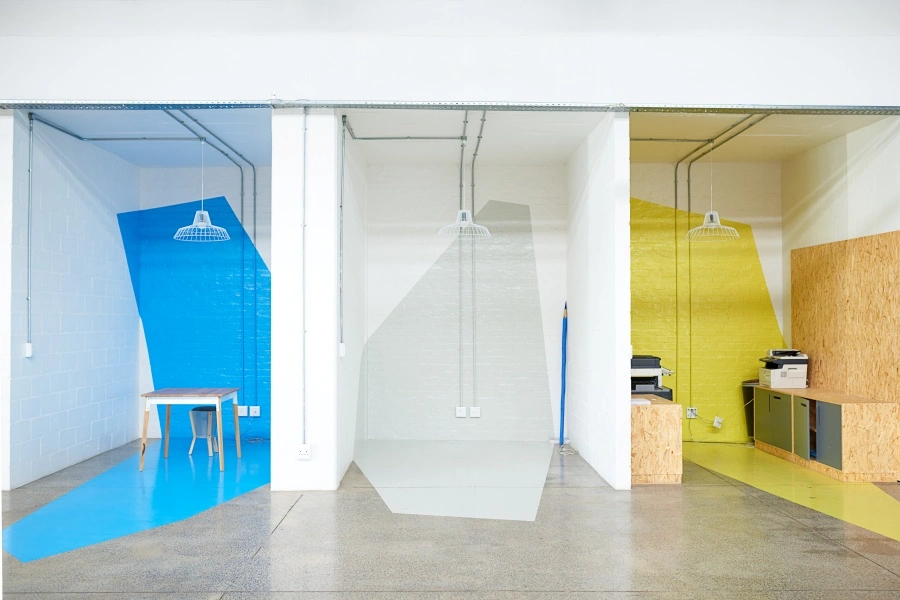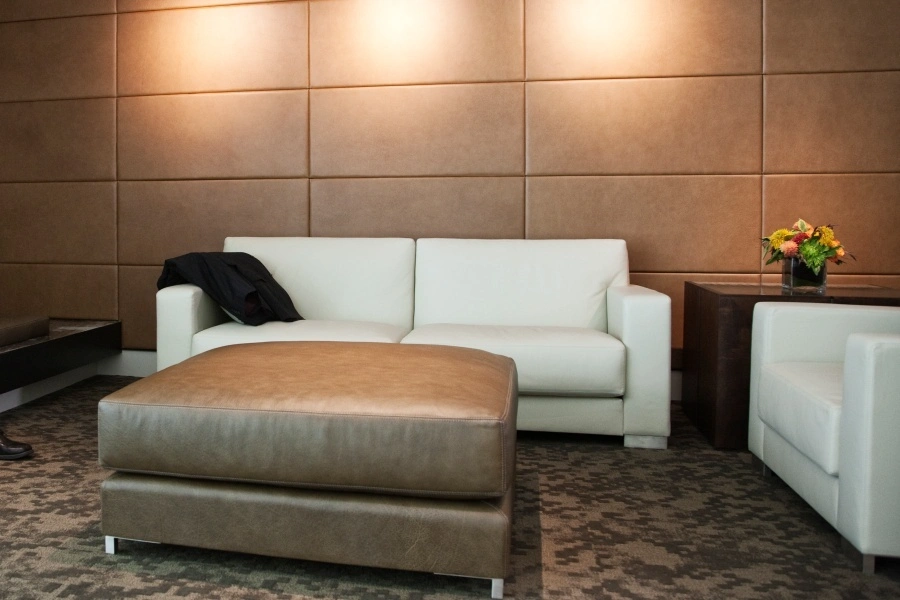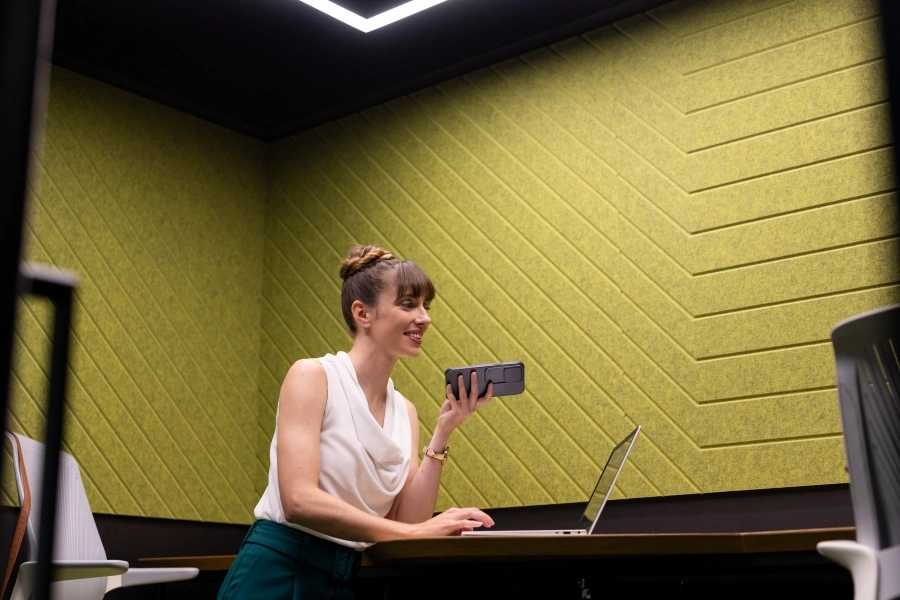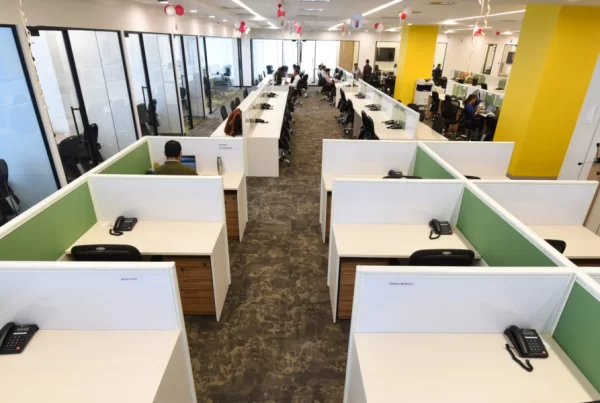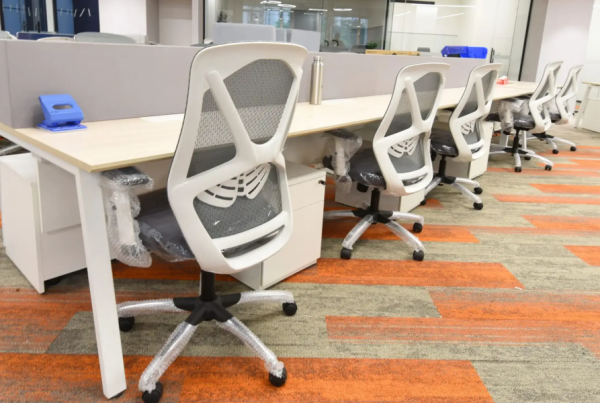A noise-filled environment in the office can massively disrupt productivity, increase stress, and impact the will to deliver better among employees. It’s necessary for companies to learn how to soundproof an office in order to create a quieter, more focused workspace where staff can concentrate on their tasks and confidentiality around certain discussions can be maintained. And no, you don’t have to spend a bounty for that!
Practical solutions like acoustic panels, rugs, soundproof curtains, etc., work wonders to make office soundproofing affordable and effective. Let’s explore some easy-to-implement methods for achieving a peaceful and soundproof office atmosphere.
The Need for Office Soundproofing
Office soundproofing addresses the challenges of noise in open-plan layouts, where distractions can put off focus and productivity. A soundproof office builds concentration, reduces stress levels, and ensures privacy, particularly for confidential meetings or sensitive discussions.
Soundproofing an office space is equally beneficial for small offices, shared workspaces, and conference rooms, where noise control directly supports better collaboration and efficiency.
When businesses incorporate creative office interior design ideas with soundproof office solutions like acoustic panels, movable or high partitions, carpets and upholsteries, etc., they can successfully create a workspace that stimulates productivity while catering to employees’ well-being. Strategic office soundproofing techniques can genuinely transform noisy environments into comfortable and centered spaces.
How to Soundproof an Office with 8 Basic, Affordable Solutions
Plan Ahead for Effective Office Soundproofing
Each workspace is different. So before you decide on a particular noise-control method, assess the unique soundproofing needs of your office environment. Identify the sources of noise — external street sounds, internal conversations, or machinery, and classify them as background noise or high-impact disturbances.
Next, evaluate your office layout and size, as soundproofing requirements differ for open layouts, cubicles, or private offices. Consider budget constraints, as affordable office soundproofing solutions exist alongside high-end options. Focus on privacy needs, such as meeting rooms or private cabins, that may demand more advanced office soundproofing materials.
1. Add Soundproof Panels to Walls
- Best for: Conference rooms, open-plan areas, private offices, and walls where sound travels.
Soundproof panels are effective office soundproofing materials for absorbing echoes and minimizing ambient noise. Install them on walls near workstations or meeting areas prone to noise disturbances. They are available in various designs that blend with office interiors while reducing sound reflections.
- Pros: Easy to install, effective in absorbing sound.
- Cons: May not fully block high-impact noises.
2. Use Acoustic Partitions and Dividers
- Best for: Open-plan offices, coworking spaces, and flexible workstations.
Acoustic dividers create sound barriers that segment workspaces and lower noise. Movable partitions can adapt to changing office needs, while desk dividers provide personal noise reduction. This method is great for evolving workplaces that require adjustable office soundproofing solutions.
- Pros: Flexible and reusable.
- Cons: Partial noise reduction.
3. Seal Doors and Windows with Sweeps and Seals
- Best for: Small offices, meeting rooms, and cabins where sound easily travels.
Gaps around doors and windows are common culprits for noise leakage. Installing door sweeps at the bottom of doors and applying seals around window frames can block these gaps. These office soundproofing materials significantly reduce noise intrusion and escape, maintaining a calm atmosphere.
- Pros: Inexpensive, effective for minor soundproofing.
- Cons: Requires maintenance to keep seals intact.
4. Add Carpeting and Rugs for Sound Absorption
- Best for: Large office spaces, lounges, individual workspaces.
Carpets and rugs amazingly absorb that annoying footstep noise and prevent sound reflections, which makes them a super-effective office soundproofing solution for high-traffic areas. Use area rugs in common zones and carpets in frequently used spaces for an undisturbed environment.
- Pros: Budget-friendly, doubles as decor.
- Cons: Regular maintenance for cleanliness.
5. Install Drop Ceilings or Acoustic Tiles
- Best for: Meeting rooms, conference rooms, and areas with high sound levels.
Suspended or drop ceilings and acoustic panels make some excellent creative office ceiling design ideas that greatly help in noise reduction. These designs are created to capture sound and lessen reverberation. The materials used- absorb noise rather than bounce it back, which stops sound from moving between different rooms or levels. Place them in areas with high foot traffic or areas that are prone to echoes to see noticeable improvements in acoustic quality.
- Pros: Reduces echo, enhances sound quality.
- Cons: May need professional installation.
6. Incorporate Plants for Natural Sound Absorption
- Best for: Common spaces, open office layouts, and private rooms.
Plants absorb ambient noise and improve the workspace environment. Place them strategically in open areas, near noisy equipment, or in reception zones to soften sound and add greenery. While not a primary solution, they complement other office soundproofing methods.
- Pros: Eco-friendly, visually appealing.
- Cons: Limited sound absorption for high noise levels.
7. Use Soundproof Paint
- Best for: Walls in meeting rooms, shared spaces, and small offices.
Soundproof paint adds a dense, insulating layer to walls, reducing noise penetration. Apply it in areas prone to light to moderate noise disturbances for added sound absorption. Combine this with other office soundproofing materials for comprehensive noise control.
- Pros: Affordable and easy to apply. Effective for minor noise issues.
- Cons: Not suitable as a sole soundproofing method as it can’t block high-impact noise.
8. Use Door and Wall Padding
- Best for: Private offices, conference rooms, and spaces needing additional sound insulation.
Adding foam padding or upholstered panels to doors and walls enhances noise insulation in specific areas. These materials absorb sound and block noise transmission, supporting sound control. It is an ideal technique that can be used for office areas requiring a targeted soundproofing solution.
- Pros: Improves noise insulation in specific areas. Easy to install and maintain.
- Cons: May not fuse flawlessly with all office aesthetics.
Benefits of Soundproofing an Office
- Confidential Conversations: Soundproofing an office keeps client discussions private, shielding sensitive topics from outside ears.
- Focused Work Environment: Office soundproofing solutions block distractions, helping employees concentrate on complex tasks.
- Stress Reduction: Quiet spaces reduce noise-induced tension, creating a placid atmosphere.
- Clear Communication: Meeting rooms benefit from improved acoustics, allowing participants to hear and be heard without interruptions.
- Professional Atmosphere: A serene office space represents better organization, leaving a positive impression on clients and employees.
Why Full Office Soundproofing May Not Be Necessary
Full office soundproofing may not always be practical or necessary. Partial solutions can adequately address specific needs, such as installing acoustic panels in open workspaces or sealing meeting rooms to maintain privacy. A targeted approach helps create a soundproof office where it matters most, like areas requiring focus or confidentiality.
Businesses benefit from flexibility by soundproofing an office space in stages, prioritizing high-traffic zones, client-facing areas, or spaces prone to noise distractions. This method balances cost-efficiency and functionality, delivering quieter work environments without overhauling the entire office.
Challenges in Office Soundproofing and How to Overcome Them
| Challenge | Solution |
| Limited Budget | Use affordable office soundproofing methods like rugs, carpets, or DIY window and door seals. |
| Office Layout Limitations | Install movable partitions or acoustic panels in strategic locations to reduce noise. |
| Aesthetic Concerns | Choose stylish soundproofing materials like designer acoustic tiles or decorative panels in styles that match your office decor. |
| High Traffic Noise | Add sound-absorbing elements like plants and soft furniture in busy areas. |
| Echo in Large Spaces | Use drop ceilings or acoustic tiles to trap sound and reduce reverberation. |
VLITE Office Furniture: The Perfect Addition to Your Soundproof Office
Office soundproofing as part of innovative office interior design ideas can transform workspaces into calm environments which in turn helps staff members to concentrate and perform better in their everyday tasks. Plus, noise control techniques are a necessity in workplaces to maintain confidentiality. Small changes, such as sealing gaps in windows or using movable dividers, significantly reduce noise disruptions.
Vlite Furnitech elevates this transformation with a range of sleek, minimalist, and luxurious furniture options that take functionality and aesthetics to the next level. Check out our office furniture design guide and contact us today for expert consultations to complement your soundproofing efforts.
FAQs
How to soundproof a room from outside noise in an office?
To soundproof a room in an office from outside noise, install acoustic panels for sound absorption, use soundproof windows with insulated glass, and add soundproof curtains or doors to block external sounds effectively.
How to soundproof an office with affordable solutions?
Soundproof an office in an affordable way by hanging felt curtains over windows or as dividers, installing acoustic panels on walls, and using carpets or rugs to dampen floor noise. Adding door seal kits, plants and acoustically treating the underside of desks can further control noise.
What are the best office soundproofing methods for small offices?
The best office soundproofing methods for small workplaces include incorporating acoustic panels, using soundproof doors and curtains, applying soundproof paint, and broadcasting white noise to mask distractions.
Can glass partitions help in office soundproofing?
Yes, glass partitions can help in soundproofing offices by acting as barriers to noise. However, they may reflect sound waves and cause some reverberation. Using thicker or laminated glass and combining them with sound-absorbing panels can notably improve their noise-reduction capabilities.

